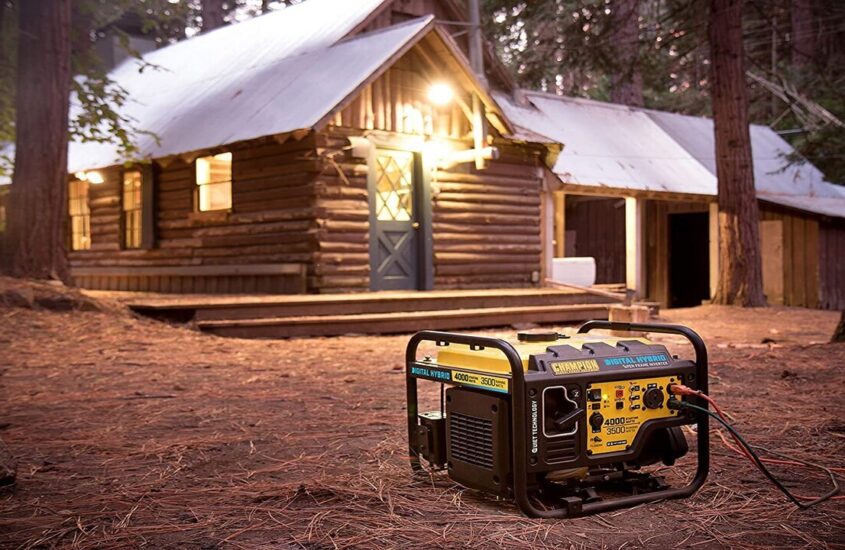Understanding Tactile Learner: A Comprehensive Guide

As educators, we understand that every student learns differently. While some students are visual learners and others are auditory learners, some students require a more hands-on approach to learning. These students are known as tactile learners. In this article, we will explore what tactile learners are, how they learn best, and strategies for educators and parents to support their learning style.
What is a Tactile Learner?
A tactile learner is a student who learns best through touch and physical activity. These students require a hands-on approach to learning and often have difficulty learning through traditional lecture-based instruction. Tactile learners enjoy activities such as building, creating, and experimenting. They also tend to excel in classes such as art, physical education, and science labs.
Characteristics of Tactile Learners
Tactile learners exhibit several characteristics that are unique to their learning style. These characteristics include:
Need for Movement
Tactile learners have a need for movement and physical activity. They often fidget in their seats and have difficulty sitting still for long periods of time. These students require frequent breaks and opportunities to move around to stay focused and engaged in their learning.
Hands-On Approach
Tactile learners require a hands-on approach to learning. They learn best through touching and manipulating objects. These students often struggle with traditional lecture-based instruction and may have difficulty paying attention during class.
Strong Spatial Awareness
Tactile learners have a strong sense of spatial awareness. They are often good at visualizing objects in three dimensions and enjoy activities such as building and creating. These students may struggle with tasks that require abstract thinking or memorization.
Good Memory
Tactile learners have a good memory for information that is learned through touch and physical activity. These students often remember information better when they can associate it with a physical action or experience.
Strategies for Supporting Tactile Learners
As educators and parents, there are several strategies we can use to support tactile learners. These strategies include:
Hands-On Learning Activities
Providing hands-on learning activities is essential for tactile learners. These students learn best through touching and manipulating objects. Educators can incorporate activities such as experiments, building projects, and art projects into their lessons to support tactile learners.
Movement Breaks
Tactile learners require frequent movement breaks to stay focused and engaged in their learning. Teachers can provide opportunities for movement breaks throughout the day, such as stretching exercises, yoga poses, or a quick walk around the classroom.
Use of Manipulatives
Manipulatives, such as blocks, puzzles, and models, can be used to support tactile learners. These students learn best through touch and physical activity, so incorporating manipulatives into lessons can help them understand abstract concepts.
Incorporating Technology
Technology can be a powerful tool for tactile learners. Educational apps and games can provide a hands-on learning experience for these students. For example, a student can use a tablet to manipulate virtual objects and learn about three-dimensional shapes.
Conclusion
Tactile learners require a hands-on approach to learning. They learn best through touching and physical activity, and may struggle with traditional lecture-based instruction. Educators and parents can support tactile learners by providing hands-on learning activities, movement breaks, and manipulatives. Technology can also be a powerful tool for supporting tactile learners. Read more about Best Coway Water Filter for getting the best review.








